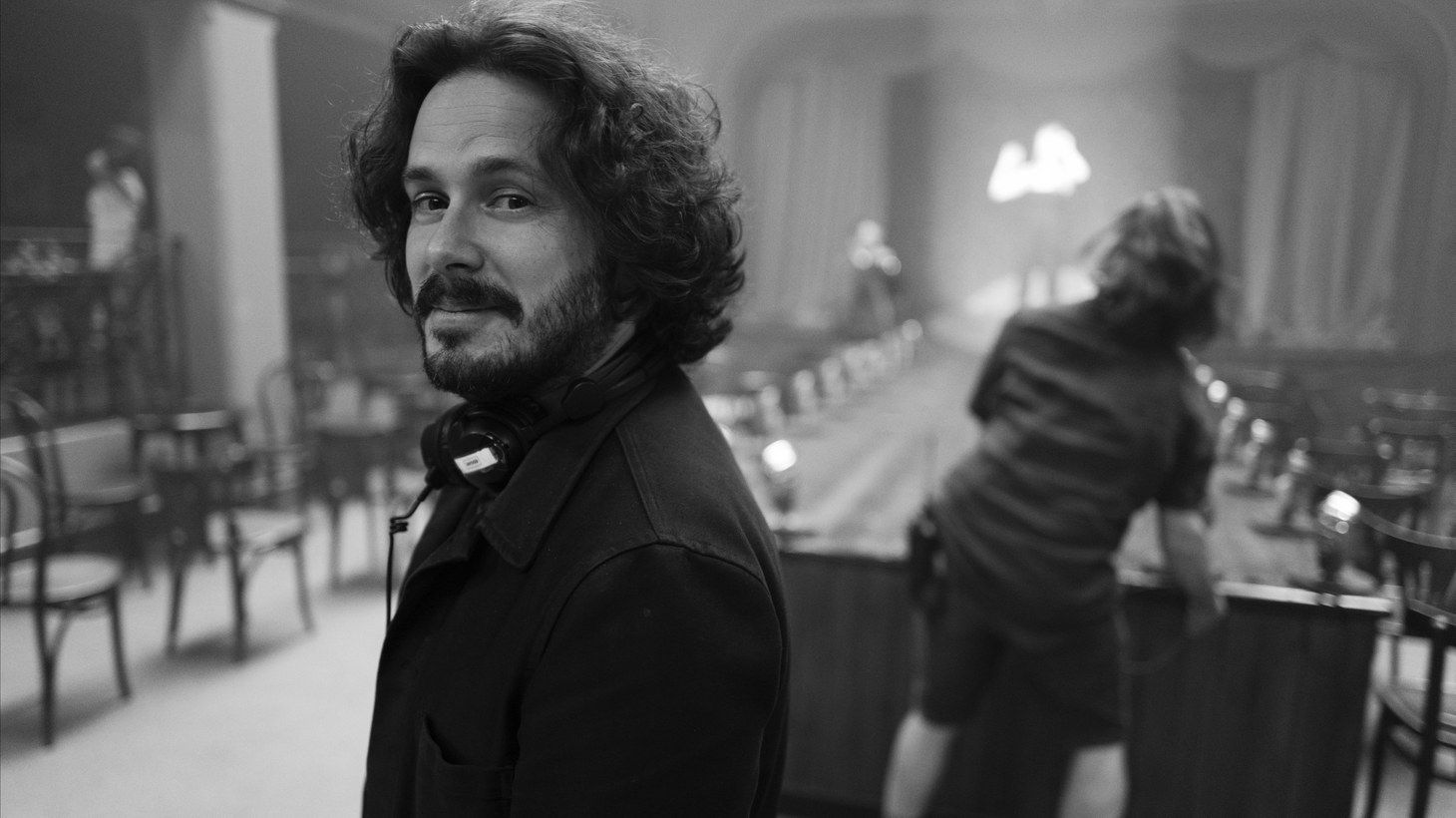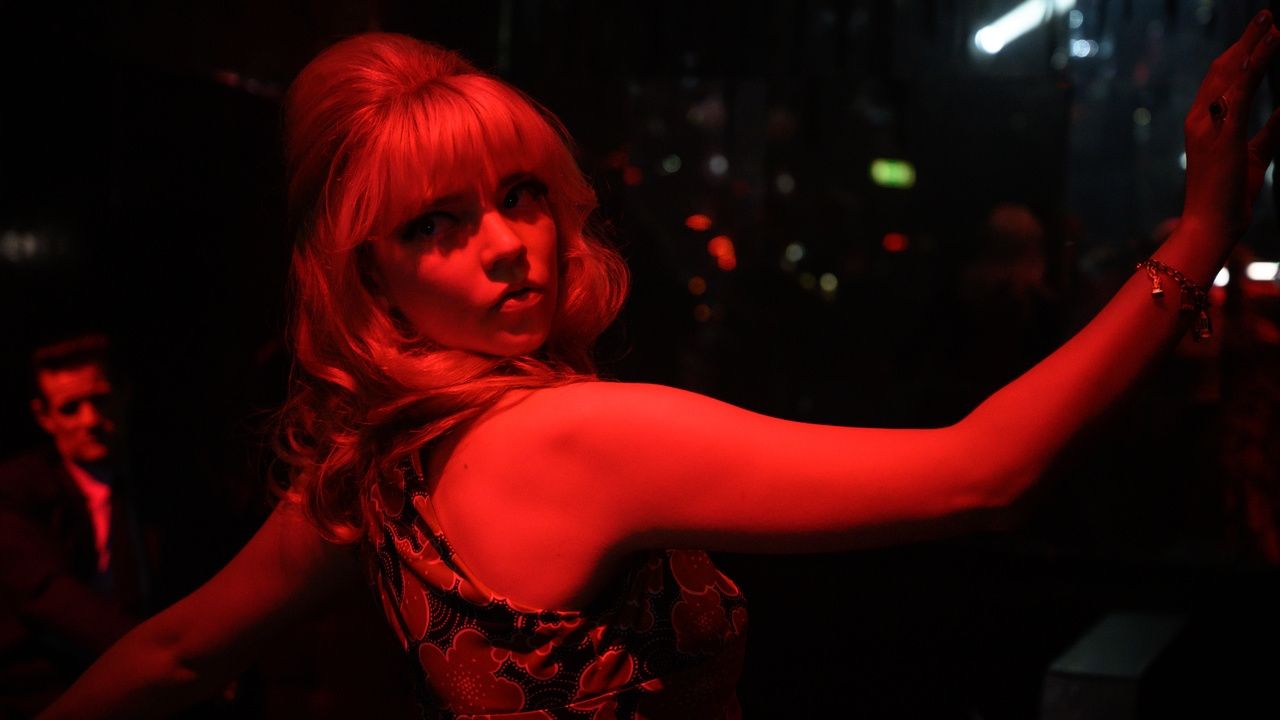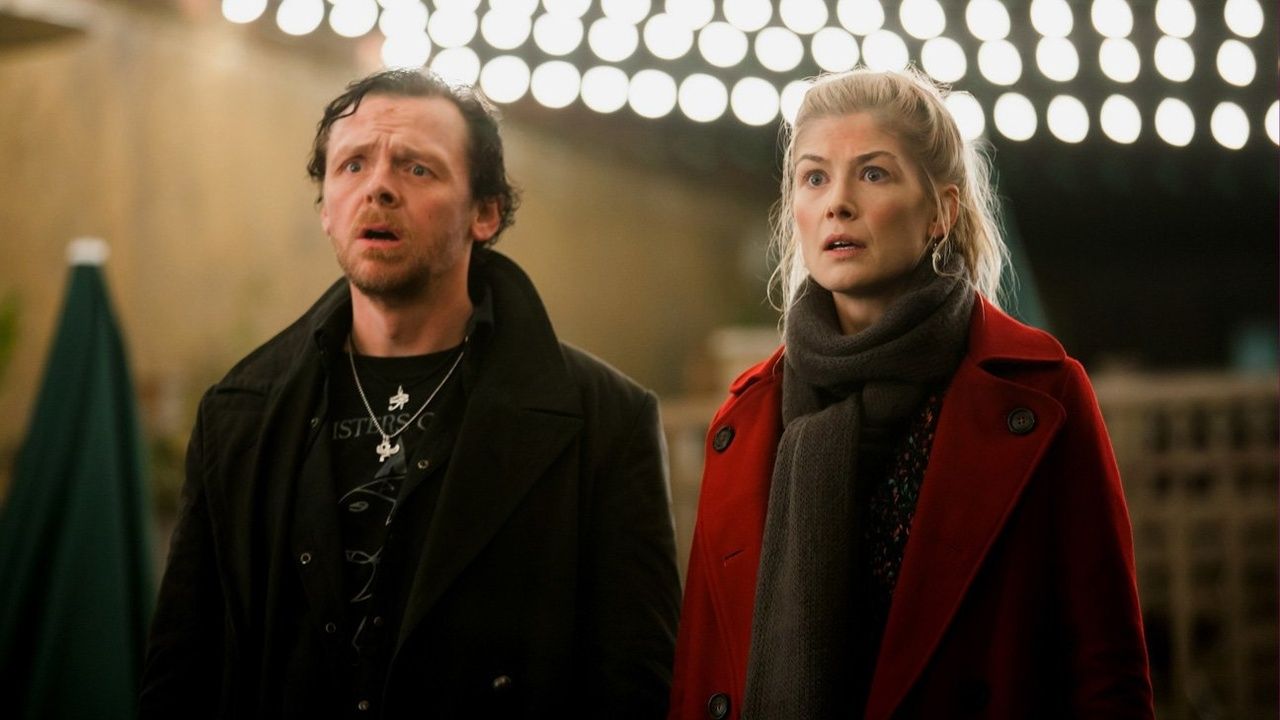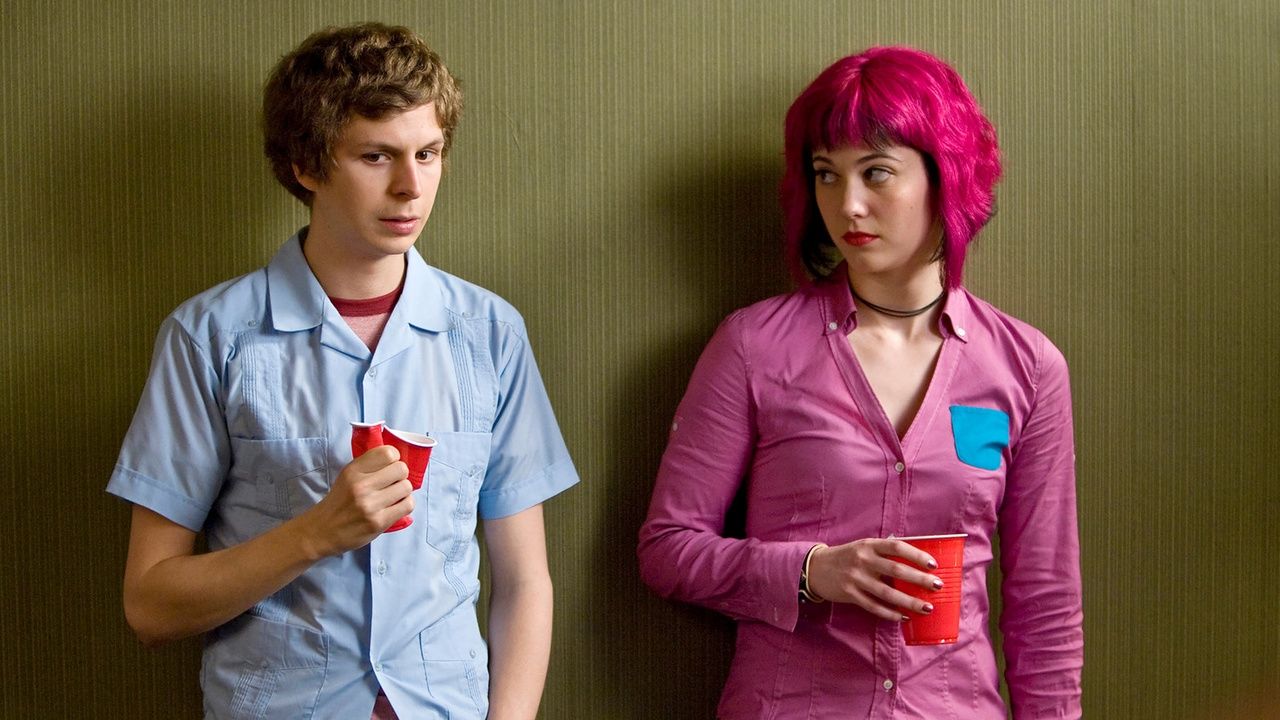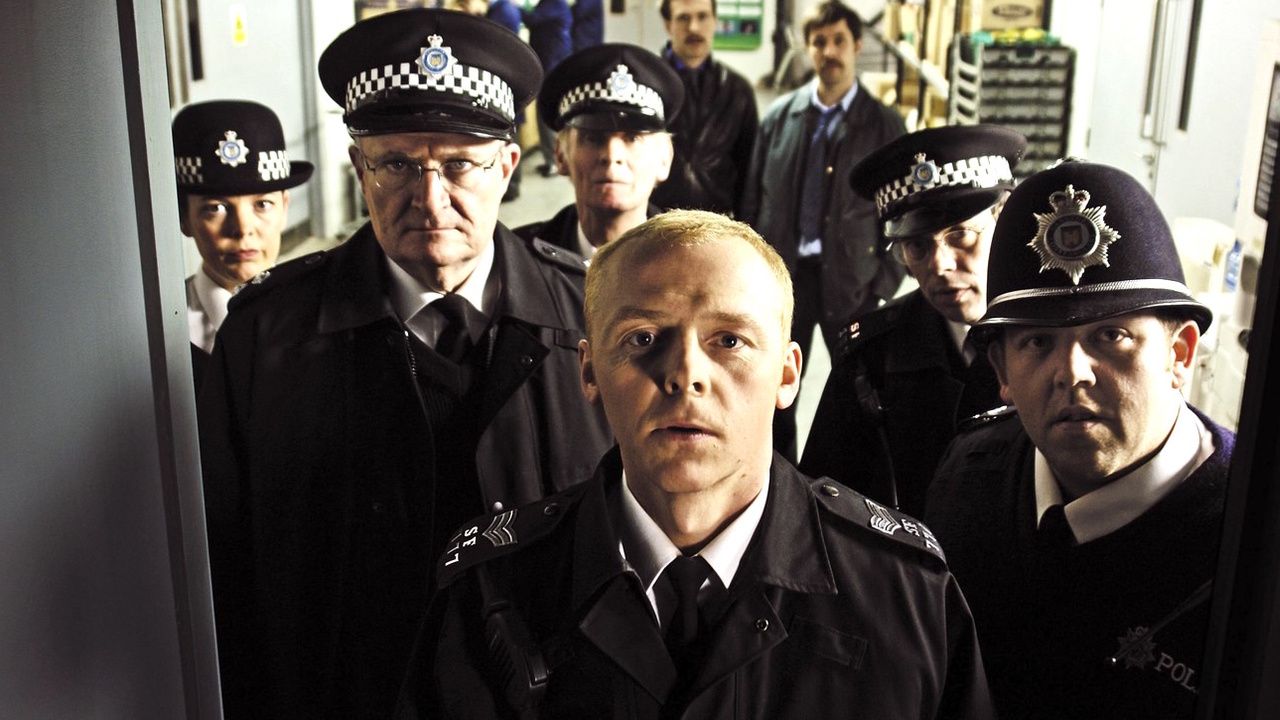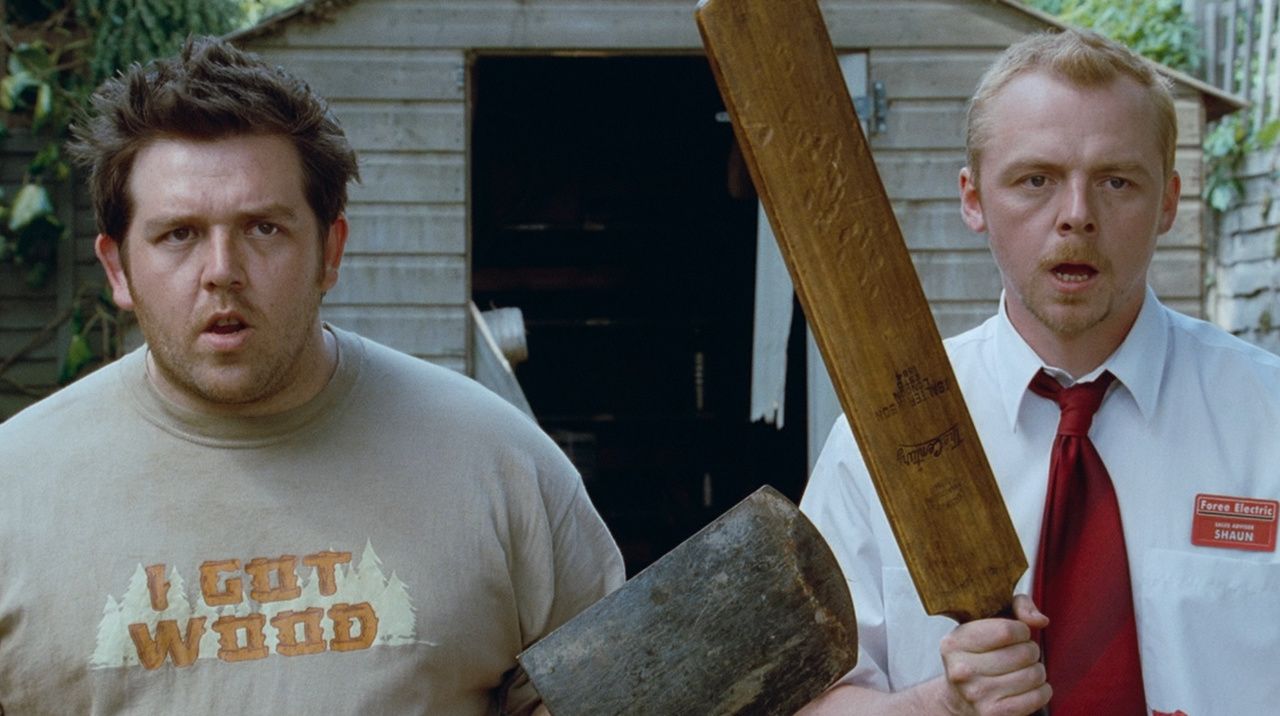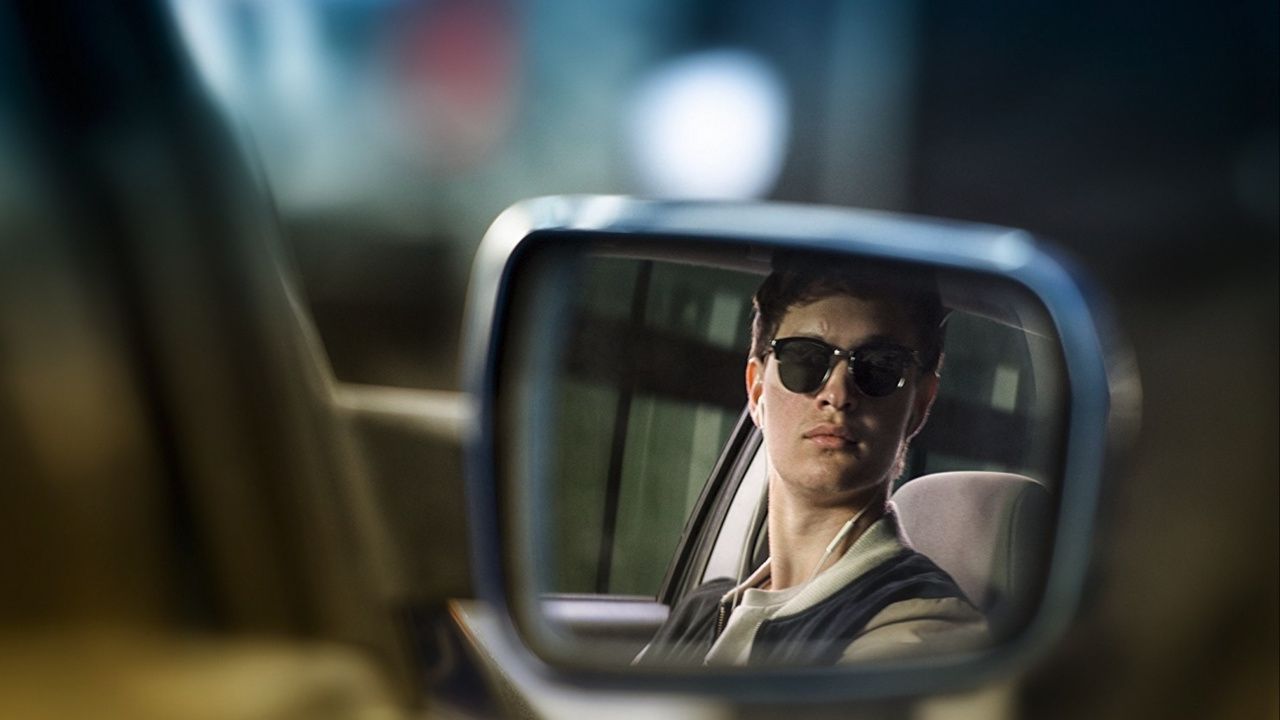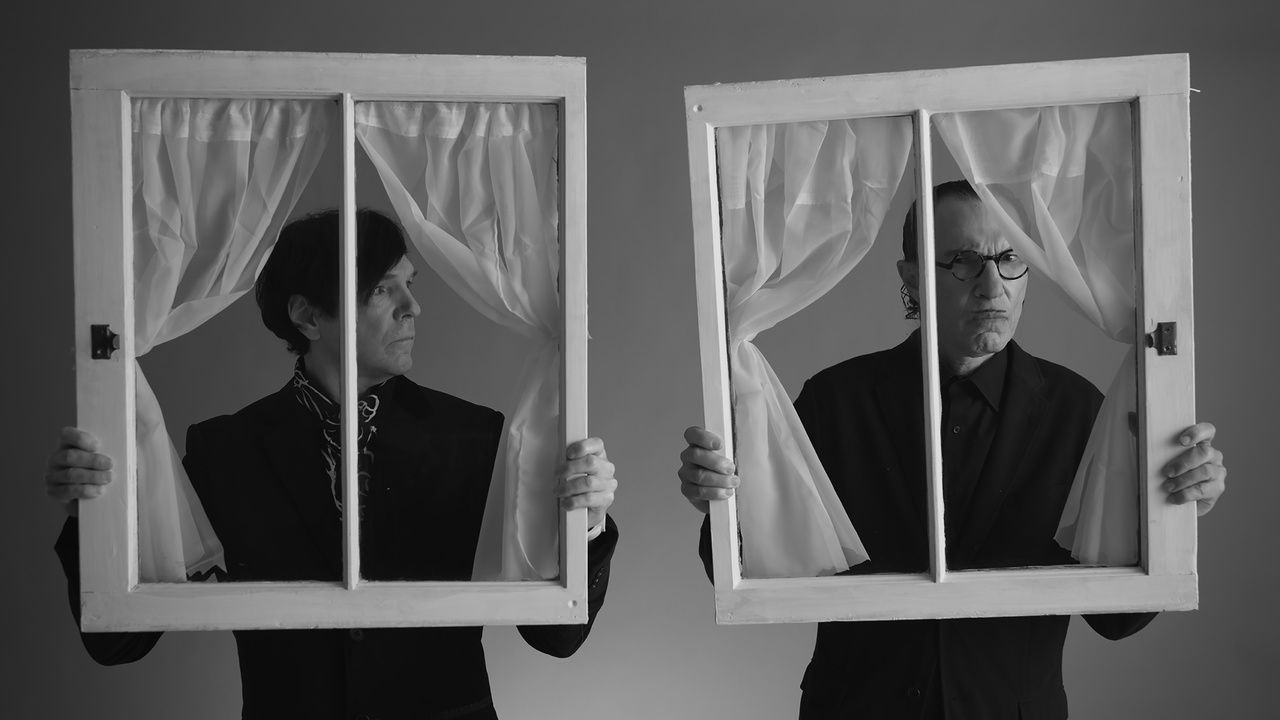Known for his signature fast-paced editing, iconoclastic characters, and genre-bending stories that have now become synonymous with his work, Edgar Wright is one filmmaker who has been constantly one-upping himself with each release. He first came to prominence, alongside frequent collaborators Simon Pegg and Nick Frost (and also the inimitable Jessica Hynes), in the 1999 TV series Spaced, which showcased his hyper, intelligent referential style and utter brilliance. Wright’s admirable body of work continued to be one that is vastly unique and continuously engaging from scene to scene.
Over the course of his career, Wright has won one British Independent Film Award and one Bram Stoker Award, and his films have been nominated for BAFTAs, Academy Awards, British Academy Film Awards, the Golden Globe Awards, and more. They have also gained a cult following, and for good reason, too; his films are simply masterpieces of visual storytelling, and he is one of the best masters of the Eisensteinian editing montage working today. Here’s every film made by Edgar Wright, ranked from worst to best.
7 Last Night in Soho
After a string of action and comedy films, 2021's Last Night in Soho sees Edgar Wright entering a genre he'd worked in before but never to this extent — the psychological horror. While Wright has dabbled in the horror realm, most notably in the zom-com Shaun of the Dead and the fake trailer for Quentin Tarantino and Robert Rodriguez’s Grindhouse, Wright has never made a full-on horror film like this.
However, calling Last Night in Soho a straight-up horror film would be undercutting it, as Wright does bring his style and uniqueness to the picture in way that makes it wholly original. The film stars Thomasin McKenzie as Eloise, a fashion design student who’s obsessed with the 1960s. Upon moving to London and renting a room, she discovers that she wakes up in the '60s whenever she goes to bed and meets Sandie, played by Anya Taylor-Joy, and appears to be connected to her in some way. Last Night in Soho vividly captures the atmosphere of the ‘60s, from the set design and costumes to the props, music, and the manner of speaking.
At its core, the film is about the dangers of romanticizing a different era ('the good old days') without really knowing anything about that time besides the things that one chooses to see. The film does somewhat rely on several horror tropes, which are often overused to a certain degree, and it’s most likely due to Wright’s inexperience with the horror genre; however, that is quickly forgiven with how everything else is so perfectly executed. Last Night in Soho was nominated for two BAFTA Film Awards and eight Hollywood Critics Association Awards despite being doing poorly at the box office grossing $23 million against a $43 million budget.
6 The World’s End
Wright’s final entry to the Cornetto Trilogy takes audiences on a pub crawl and into the realm of science fiction. The trilogy's prior two films featured everything from zombies to secret Neighborhood Watch cults, but The World’s End introduces a new element into the mix — extraterrestrials. Written by Wright and Simon Pegg, The World’s End tells the story of a group of friends who reunite in order to finish a pub crawl they once did when they were younger in their hometown. Things take a drastic turn when they realize that the town they once knew is not the same as it used to be, in this very allegorical and bonkers film.
Simon Pegg plays an immature alcoholic who’ll do whatever it takes to get what he wants, and fittingly manipulates his childhood friends into joining him on this adventure of drunkenness, to the extent of even lying about the death of his mother. The film’s already wild premise is elevated even further when the group learns that everyone in their hometown has been replaced with robotic aliens.
Edgar Wright first conceived the idea of this film at the age of 21 and wrote a screenplay just about a group of friends doing a pub crawl. In an interview with First Showing, Wright described the idea of bringing in the science fiction element as essentially, “An extension of that bittersweet feeling when you go home to your hometown, and you feel alienated because it has moved on without you.” The World’s End was nominated for three Saturn Awards including Best International Film in 2014.
5 Scott Pilgrim Vs. The World
Arguably the most ambitious work in his catalog, 2010’s Scott Pilgrim Vs. The World proved just how incredibly creative Wright can be with material that is so out of this world and seemingly impossible to perfectly depict on-screen. The film, which uses trans-media storytelling techniques, truly captures the look and feel of the graphic novels that make for one unique cinematic viewing experience with almost every frame feeling like it was taken right out of the pages of the novel.
Starring Michael Cera as the titular character, the film tells the story of Scott as he embarks on a battle league where he has to defeat seven evil exes to win the heart of the girl of his dreams, Ramona Flowers, played by Mary Elizabeth-Winstead. Scott Pilgrim Vs. The World would mark Wright’s first venture without his usual suspects involved, and was co-written with Michael Bacall (who would go on to write films like Project X and 21 Jump Street). However, even without his usual collaborators, Wright managed to hold his own and delivered a film that still felt like an Edgar Wright movie.
Despite being a box-office bomb, the film received a plethora of awards and nominations, including being shortlisted for Best Visual Effects at the 83rd Annual Academy Awards. The film would go on to achieve cult status, earning a spot on numerous Top Ten Lists for being a film that is truly unique and original (if a bit problematic).
4 Hot Fuzz
Following the massive success of Shaun of the Dead, the Wright-Pegg duo returned to deliver their second entry to the Cornetto Trilogy, this time a buddy cop film that maintained their signature fast-paced style that the audience oh-so ever loved. Besides Simon Pegg, 2007’s Hot Fuzz reunited Wright with his usual suspects including Nick Frost, Julia Deakin, and Rafe Spall. The film also brought in new faces this time, such as Martin Freeman (who admittedly had a brief cameo in Shaun of the Dead) and Paddy Considine, both of whom would go on to become familiar faces in the trilogy.
Hot Fuzz drew inspiration from Wright watching over 138 action films during the film’s research and development stage, and it is evident in the attention to detail seen throughout the film. Conceived as an antidote to British gangster films, Wright wanted to make a film that put the British police officers into the limelight. It tells the story of a straight-by-the-books police officer who gets promoted to becoming a Sergeant in a small rural town where crime rarely happened. However, things soon take a dark turn as certain members of the community get mysteriously picked off one by one.
Hot Fuzz is the most successful film of the Cornetto Trilogy, grossing over $80 million against a $12 million budget. It earned a nomination for Best Comedy Film at the 2007 British Comedy Awards and won Best Comedy at the 2008 Empire Awards. The film was also named the 67th greatest film of the 21st century by Empire in 2020.
3 Shaun of the Dead
Wright’s first entry to the Cornetto Trilogy was one that would put him on the map as an original filmmaker with a style of his own. Although not technically true, many fans would consider this his directorial debut, as his first official film, A Fistful of Fingers was not easily accessible and didn’t have a wide theatrical release.
Shaun of the Dead would mark the first of many collaborations between Edgar Wright and Simon Pegg. Written as an homage to George A. Romero’s Dead films and also as a twist to the typical zombie films that were coming out up to that point, Shaun of the Dead brought a new spin to the genre by introducing comedic elements while still maintaining that scare factor, which included several gross-out moments throughout its runtime. As a matter of fact, George A. Romero took so much of a liking towards Wright and Pegg’s work that he even asked them to do a cameo in his 2005 film, Land of the Dead where the two would fittingly portray zombies.
The film was a box office success, taking in over $30 million against a mere $6.1 million budget. Shaun of the Dead was also nominated for several awards including the British Independent Film Awards where Wright and Pegg would take home the Best Screenplay award.
2 Baby Driver
2017’s Baby Driver was a one-of-a-kind cinematic experience. The blood-pumping adrenaline of high intense action sequences paired with a soundtrack that blends so seamlessly makes this film almost feel like a music video — because that’s precisely what it was! Wright approached the film like a long 90-minute music video; every footstep and turn is timed and coordinated to perfectly match the beat of whatever song that was playing, and it was indeed an incredible cinematic achievement from a purely technical standpoint.
The film stars Ansel Engort as Baby, a getaway driver with tinnitus who uses music to soothe his condition. He drives a group of criminals from location to location as they perform various robberies while he stays behind. Along his journey as n accomplice, he befriends a local waitress named Debora (played by Lily James), and they begin dating. The film took inspiration from Mint Royale’s “Blue Song” music video which Wright had directed in 2003.
The action scenes are gorgeously filmed with no use of the nauseating “shaky cam,” and every scene constantly keeps audiences at the edge of their seats. The film is so meticulously crafted and choreographed that everything just works like a well-oiled machine. Paired with the performances from everyone involved, this truly makes this a film not to be missed. Baby Driver was nominated in three categories at the 90th Annual Academy Awards as well as one Golden Globe nomination, and grossed over $200 million against a $34 million budget.
1 The Sparks Brothers
Edgar Wright’s documentary about the amazing 50-year-old long and distinguished career of American pop-rock band Sparks just might be his most underrated film yet. “Sparks are (until now), the most influential and greatest bands to not have a music documentary about them” is the answer that Wright gave in response to a question asked in an interview with Vulture.
Released in July 2021, The Sparks Brothers is a documentary film that you wouldn’t necessarily think Wright would be involved in, but from the very get-go of this two and a half-hour-long film, you immediately get the sense that Wright is first and foremost a true fan of this band that few have probably ever heard of. That’s what sets this apart, because where other documentaries of famous musicians would be more of a showcase of their extensive and colorful career, The Sparks Brothers serves to inform and educate.
The film goes to great lengths to tell you who Sparks are, and it doesn’t do so in a patronizing way. Instead, it’s more like having your friend (in this case, that’s Wright himself) gush over how much they love a certain band and telling you how amazing they are and why you should be checking them out. The Sparks Brothers was nominated for Best Documentary Film at the 5th Hollywood Critics Association Film Awards and despite grossing just over $1 million at the box office, the film was critically acclaimed and arguably one of the best documentaries of 2021. This is a true passion project, and the passion is palpable.

